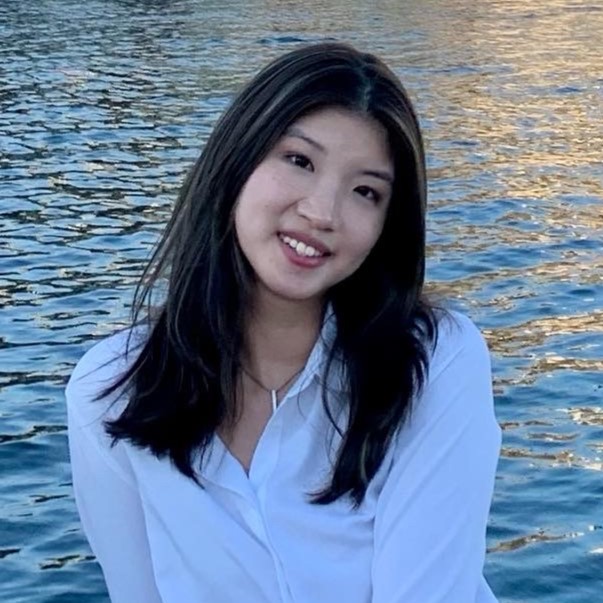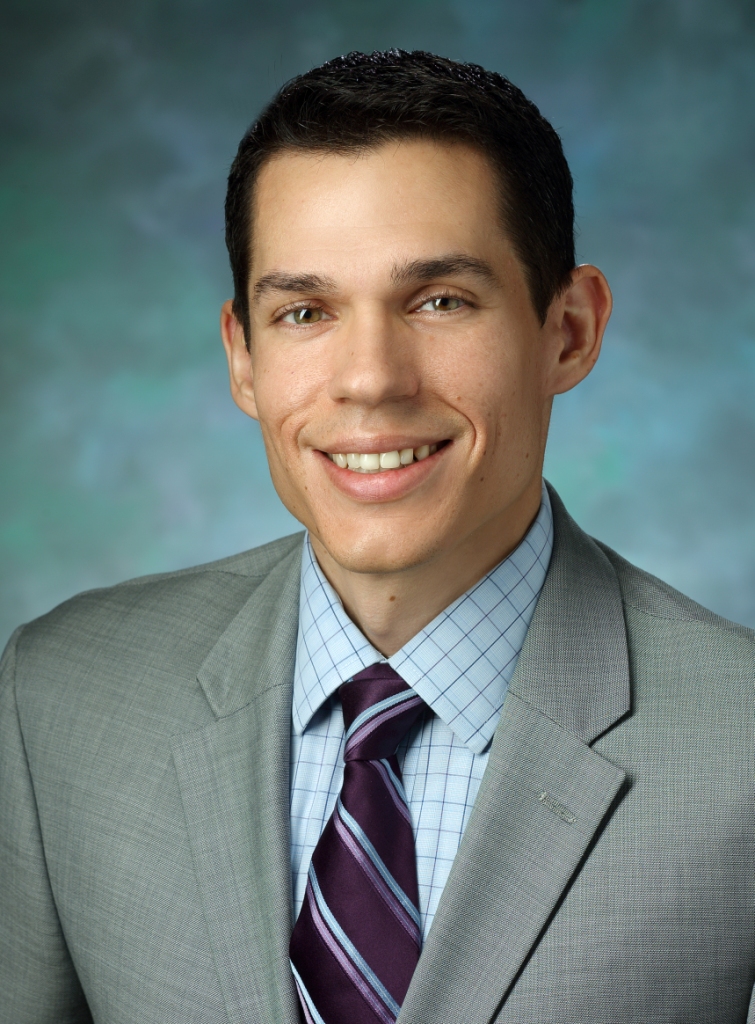Obsessive Compulsive and Related Disorders
The relationship between pediatric OCD symptom reduction and functional impairment during CBT augmented by D-cycloserine
(PS2-79) The Relationship Between Pediatric OCD Symptom Reduction and Functional Impairment During CBT Augmented by D-cycloserine

Jessica S. Cheng, B.A.
Research Coordinator
Baylor College of Medicine
Houston, Texas, United States- PB
Peter J. Boedeker, Ph.D.
Assistant Professor
Baylor College of Medicine
Houston, Texas, United States - DG
Daniel Geller, M.D.
Director, Pediatric OCD and Tic Disorder Program
Massachusetts General Hospital
Boston, Massachusetts, United States 
Joseph F. McGuire, M.A., Ph.D.
Associate Professor of Psychiatry and Behavioral Sciences
Johns Hopkins Medicine
Baltimore, Maryland, United States.jpg)
Sabine Wilhelm, Ph.D. (she/her/hers)
Professor, HMS; Chief of Psychology, MGH; Director, Center for Digital Mental Health, MGH
Harvard Medical School
Boston, Massachusetts, United States- BS
Brent J. Small, Ph.D.
Professor
University of North Carolina at Chapel Hill
Chapel Hill, North Carolina, United States - ES
Eric A. Storch, Ph.D.
Professor and Vice Chair of Psychology
Baylor College of Medicine
Houston, Texas, United States
Author(s)
Co-Author(s)
Background: Pediatric obsessive-compulsive disorder (OCD) is a debilitating psychological condition. Evidence suggests that symptom severity and functional impairment tend to improve during cognitive behavioral therapy (CBT), but few studies have examined the temporal and mediational relationships of symptom severity and functional impairment in pediatrics OCD. The current study aims to examine the mediation of OCD symptoms, as measured by the Children’s Yale Brown Obsessive Compulsive Scale (CYBOCS), on the indirect effect of time in treatment on OCD impairment, as measured by the Children’s Obsessive-Compulsive Impact Scale- Parent Version (COIS-P).
Methods: The current study is a secondary analysis of a dataset from a randomized controlled trial of D-Cycloserine (DCS) augmentation of CBT for pediatric OCD. Children who met inclusion criteria (current and primary OCD diagnosis, CYBOCS >16), IQ >85) began receiving family-based CBT and were randomized at session 4 into two conditions: 1) DCS + CBT with exposure and response prevention (E/RP) or 2) placebo + CBT with E/RP. The CYBOCS and the COIS-P were administered at visit 1 (baseline), 5, 8, and 12 (post-treatment). No group effect was found in the trial, so all participants were analyzed together in the current analysis.
Analysis: Repeated measures multilevel mediation models are used with repeated measures of COIS-P and CYBOCS (level 1) nested within participants (level 2). Lagged values of the mediator CYBOCS predict change in COIS-P at a subsequent time point. To parse the within- and between-participant effects, CYBOCS is within-participant centered, and the participant average is included at level 2. The outcome is the within-person centered value of COIS-P. Linear model specification is compared to a quadratic time model. Three models are fit: (1) assessing time in treatment on COIS-P, (2) assessing time in treatment on CYBOCS, and (3) assessing time in treatment and CYBOCS on COIS-P. The indirect effect is estimated using product of coefficients from models (2) and (3). Bootstrapped confidence intervals assess statistical significance. Multilevel multiple imputation is implemented to address missing data.
Results: A total of 149 children (avg age = 12.3 years, sd = 2.9) participated in treatment. Of these, 49% were male and 90.6% white. Time in treatment is a significant predictor of COIS-P (b = -0.85, SE = 0.08, p < 0.001). Time in treatment is also a significant predictor of CYBOCS (b = -1.38, SE = 0.10, p < 0.001). However, the indirect effect of time in treatment on COIS-P through the mediator CYBOCS was not statistically significant with an estimate of -0.16, 95% CI (-0.39, 0.06). The indirect effect accounts for 19.2% of the total effect of time in treatment on COISP.
Conclusion: Although time in CBT significantly predicts symptom severity and functional impairment in pediatric OCD, symptom severity does not significantly mediate the direct effect of time on functional impairment. It is critical that mental health clinicians and researchers pay attention to other potential moderators and mediators of OCD functional impairment in order to tailor existing treatments to patients’ needs.

.png)
